- With standard equipment
- With safety pack
Find more information in the General Comments section of the assessment
Find more information in the Rating Validity tab of the assessment
- See More
- See More
- See More
- See More
- Good
- Adequate
- Marginal
- Weak
- Poor
 Passenger
Passenger
 Driver
Driver
 Rear Passenger
Rear Passenger
 Driver
Driver
 Car
Car
 Pole
Pole
 Rear Seat
Rear Seat
 Front Seat
Front Seat
-
Approaching a stationary car: Left Offset
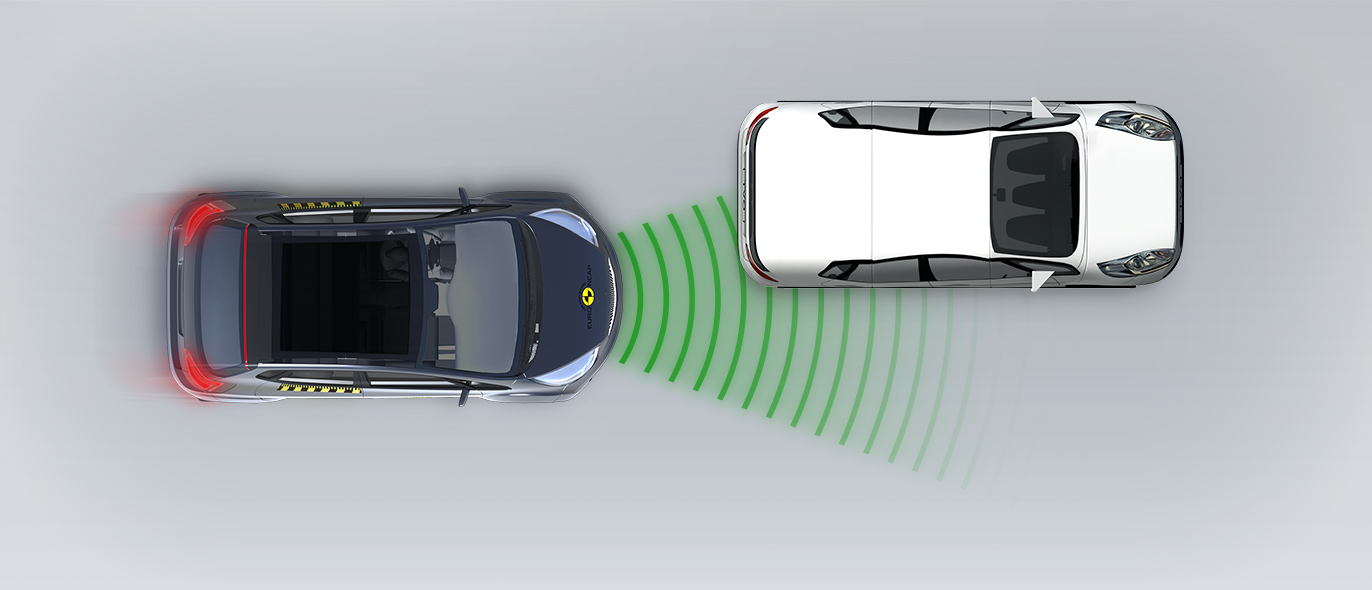
-
Approaching a stationary car: No Offset
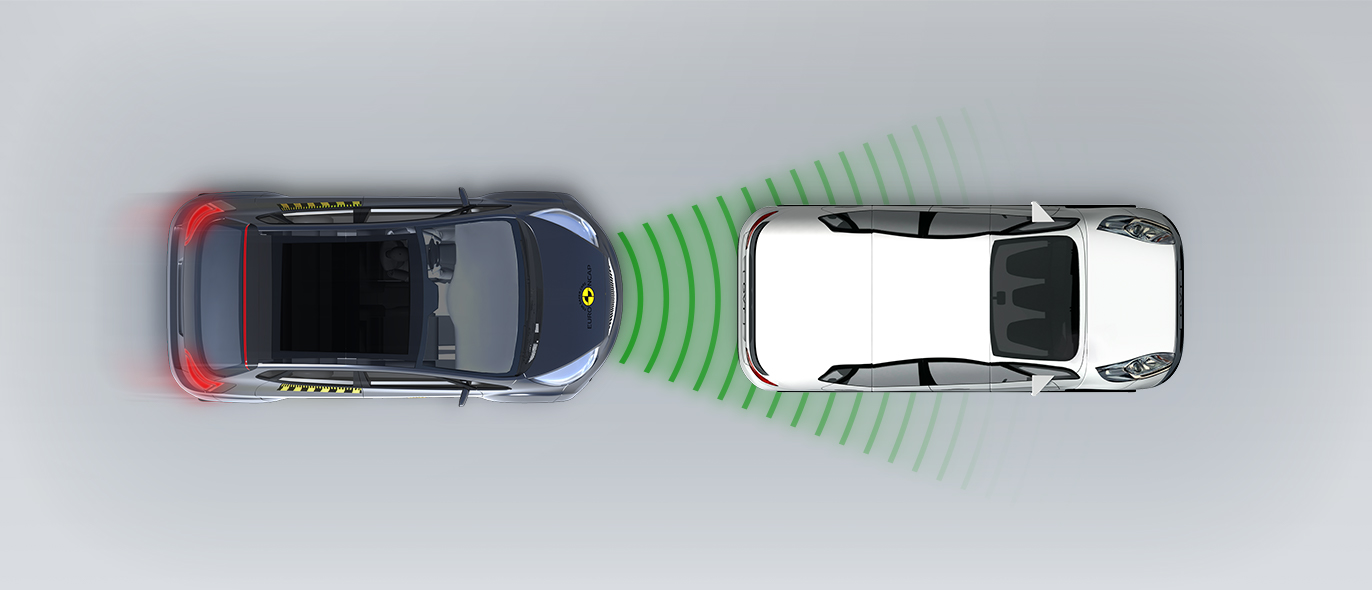
-
Approaching a stationary car: Right Offset
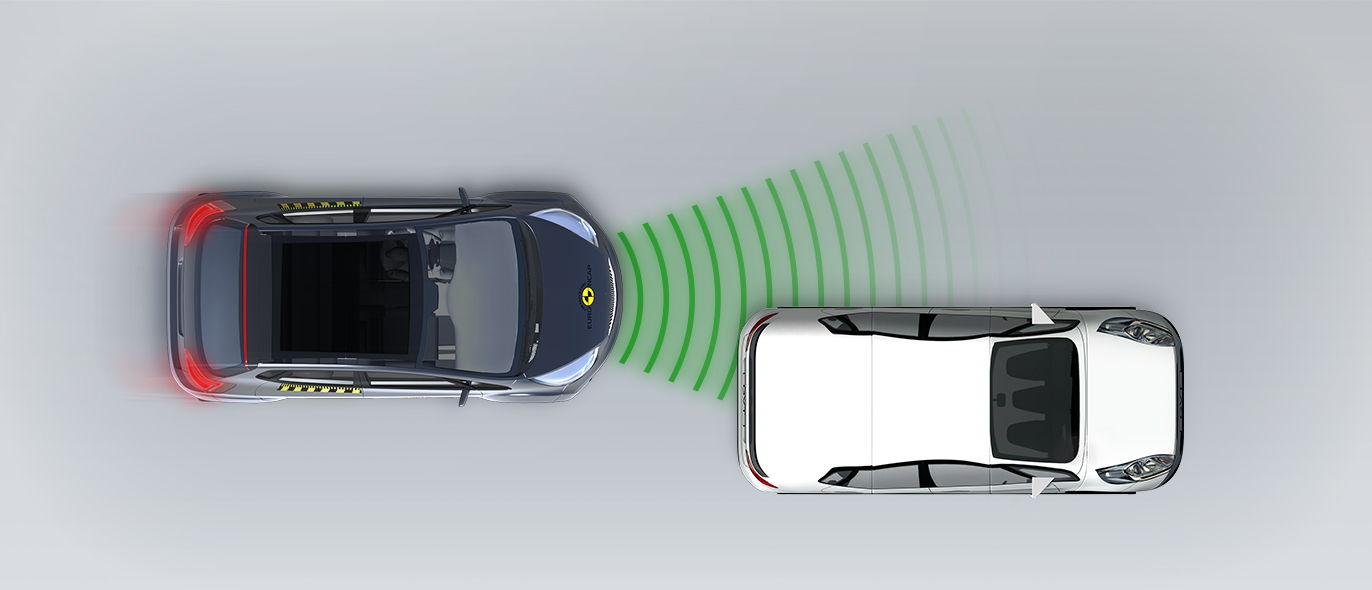
- Good
- Adequate
- Marginal
- Weak
- Poor


Passenger
outboard
center
Fitted to the vehicle as standard
Not fitted to the test vehicle but available as option
Not Available
-
i-Size CRS
-
ISOFIX CRS
-
Universal Belted CRS
Easy
Difficult
Safety critical
Not allowed
| Seat Position | ||||
|---|---|---|---|---|
| Front | 2nd row | |||
| Passenger | Left | center | Right | |
| Maxi Cosi 2way Pearl & 2wayFix (rearward) (iSize) | ||||
| Maxi Cosi 2way Pearl & 2wayFix (forward) (iSize) | ||||
| BeSafe iZi Kid X2 i-Size (iSize) | ||||
| Maxi Cosi Cabriofix & FamilyFix (ISOFIX) | ||||
| BeSafe iZi Kid X4 ISOfix (ISOFIX) | ||||
| Britax Römer Duo Plus (ISOFIX) | ||||
| Britax Römer KidFix XP (ISOFIX) | ||||
| Maxi Cosi Cabriofix (Belt) | ||||
| Maxi Cosi Cabriofix & EasyBase2 (Belt) | ||||
| Britax Römer King II LS (Belt) | ||||
| Britax Römer KidFix XP (Belt) | ||||
Easy
Difficult
Safety critical
Not allowed
In the frontal offset test, protection of both dummies was good apart from the neck of the 10-year dummy, protection of which was rated as weak owing to measured values of tensile forces. The front passenger airbag can be disabled to allow a rearward-facing child restraint to be used in that seating position. Clear information is provided to the driver regarding the status of the airbag and the system was rewarded. All of the restraint types for which the LEAF is designed could be properly installed and accommodated in the car.
- Good
- Adequate
- Marginal
- Weak
- Poor

Head Impact 15.1 Pts
Pelvis Impact 6.0 Pts
Leg Impact 6.0 Pts
| System Name | Intelligent Emergency Braking with Pedestrian and Cyclist Recognition | ||
| Type | Auto-Brake with Forward Collision Warning | ||
| Operational From | 10 km/h | ||
| PERFORMANCE | | |||
-
Approaching a crossing cyclist
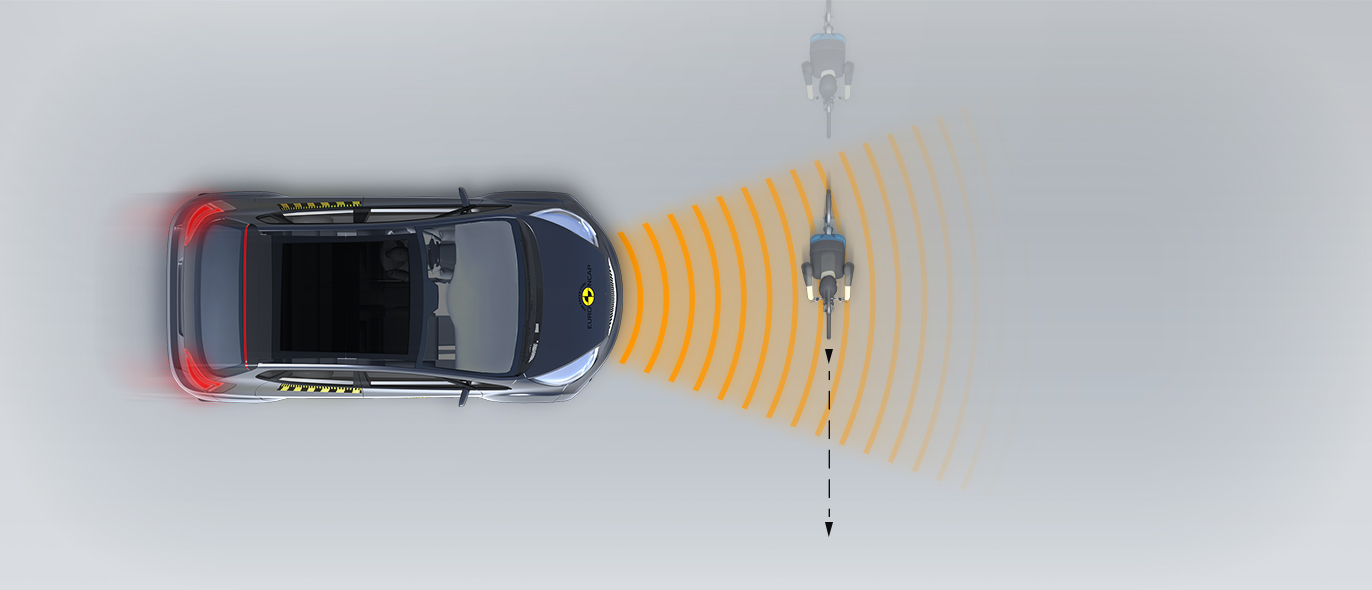
-
Cyclist along the roadside
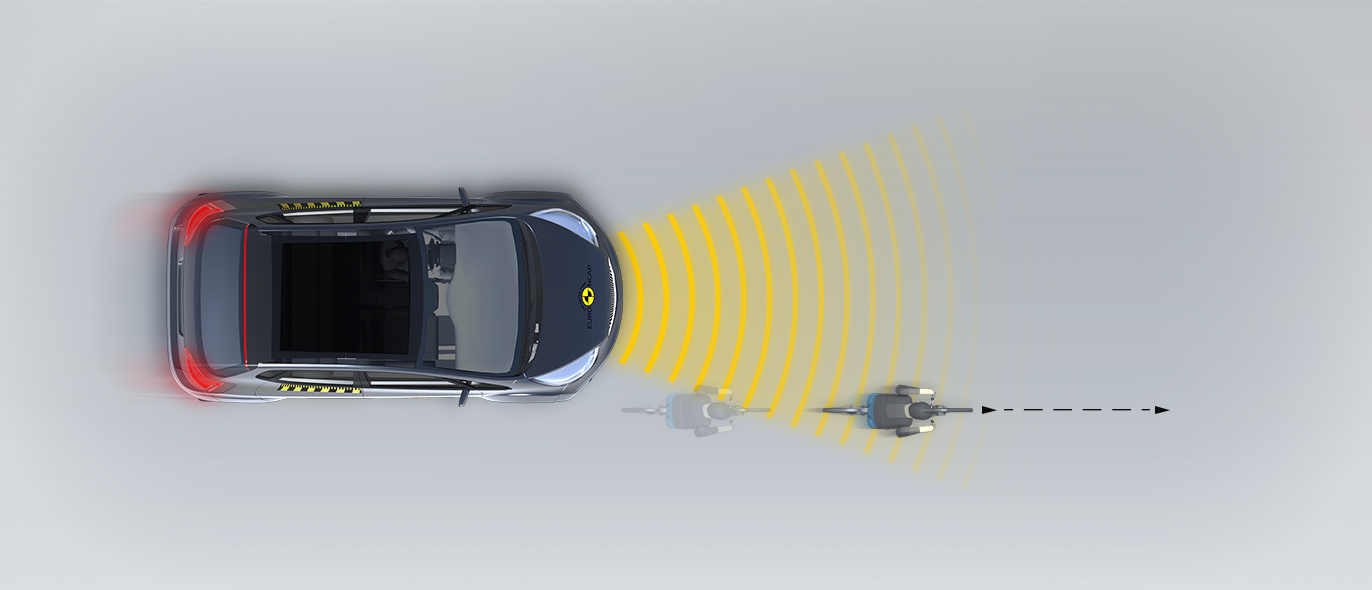
The protection provided by the bonnet to the head of a struck pedestrian was predominantly adequate, with some poor results recorded only on the stiff windscreen pillars. The protection provided to pedestrians' legs and pelvic region was good and the LEAF scored maximum points in these tests. Overall, the autonomous emergency braking system performed adequately in tests of its protection of vulnerable road users, with performance ranging from good to marginal in the individual test scenarios.
- Good
- Adequate
- Marginal
- Weak
- Poor
| System Name | Speed Limiter with Traffic Sign recognition |
| Speed Limit Information Function | Camera & Map |
| Speed Control Function | Manually set (accurate to 5km/h) |
| Applies To | All seats | ||
| Warning | Driver Seat | Front Passenger(s) | Rear Passenger(s) |
| Visual | |||
| Audible | |||
| Occupant Detection | |||
|
|||
| System Name | Lane departure prevention (LDP) |
| Type | LKA |
| Operational From | 55 km/h |
| Performance | |
| Emergency Lane Keeping | |
| Lane Keep Assist | |
| Human Machine Interface | |
| System Name | Intelligent Emergency Braking system | |||
| Type | Autonomous Emergency Braking and Forward Collision Warning | |||
| Operational From | 5 km/h | |||
| Additional Information | No supplementary warning or restraint activation | |||
The LEAF has a seatbelt reminder system for the front and rear seats but missed out on full points as it lacks occupant detection in the rear seats. A standard-fit speed assistance system uses a camera and a digital map to inform the driver of the appropriate limit, allowing the speed limiter to be set appropriately. The lane support system also uses the camera to help the driver not to drift out of lane. This system needs to be activated by the driver and does not switch on by default at the start of a journey. The autonomous emergency braking system performed well overall in tests of its functionality at highway speeds, with good performance in most of the test scenarios.
- Specifications
- Safety Equipment
- Videos
- Rating Validity
Specifications
Tested Model Nissan LEAF 'Acenta', LHD
Body Type - 5 door hatchback
Year Of Publication 2018
Kerb Weight 1545kg
VIN From Which Rating Applies - SJNFAAZE10016713
Class Small Family Car
Safety Equipment
Note: Other equipment may be available on the vehicle but was not considered in the test year.
Fitted to the vehicle as standard
Fitted to the vehicle as part of the safety pack
Not fitted to the test vehicle but available as option or as part of the safety pack
Not available
Not applicable
Videos
Rating Validity
Find more information in the General Comments section of the assessment
 Share
Share
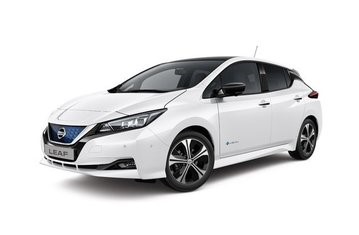

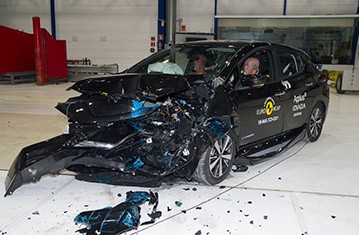








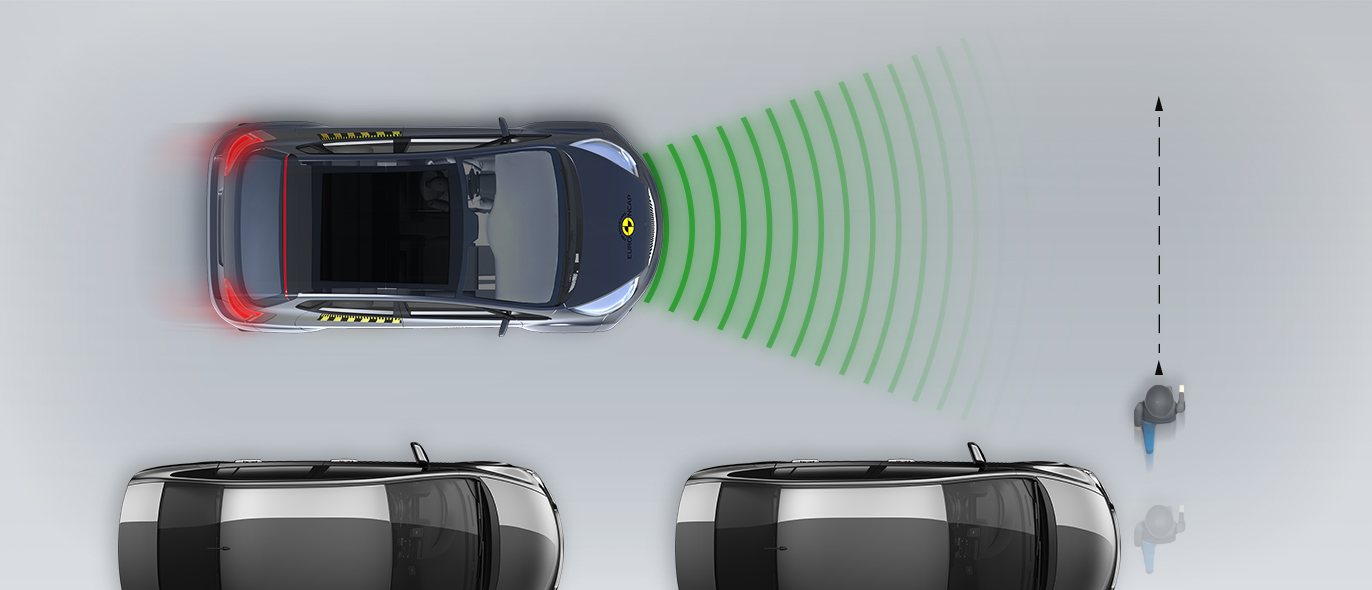
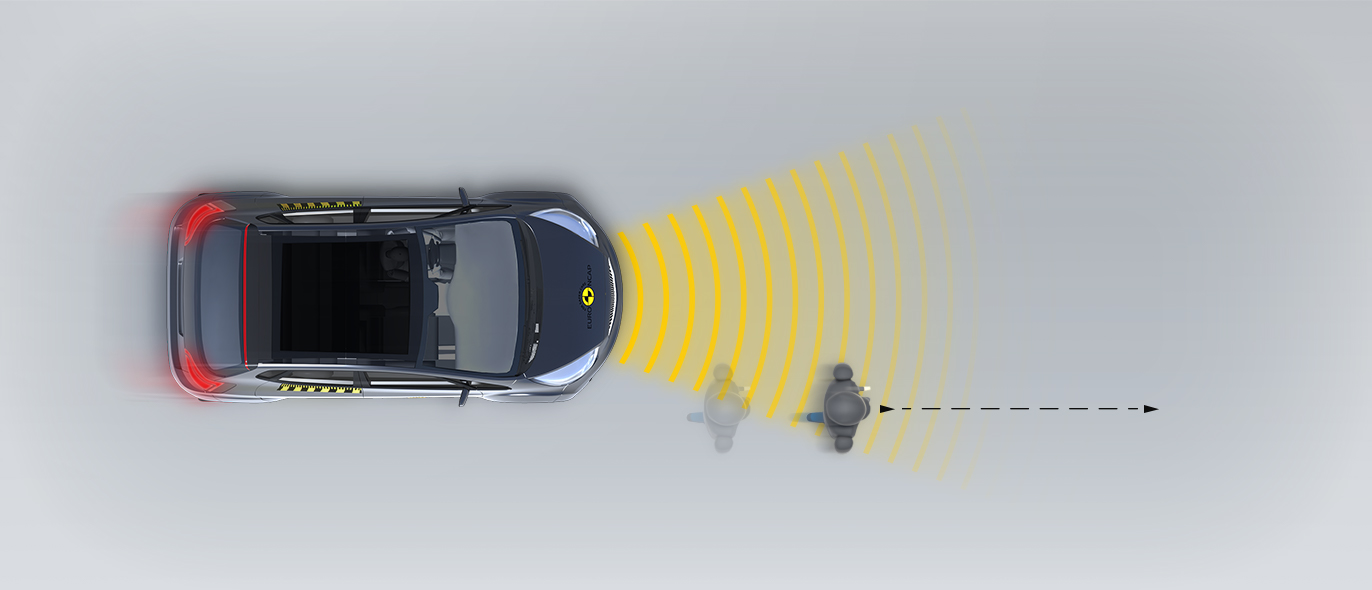
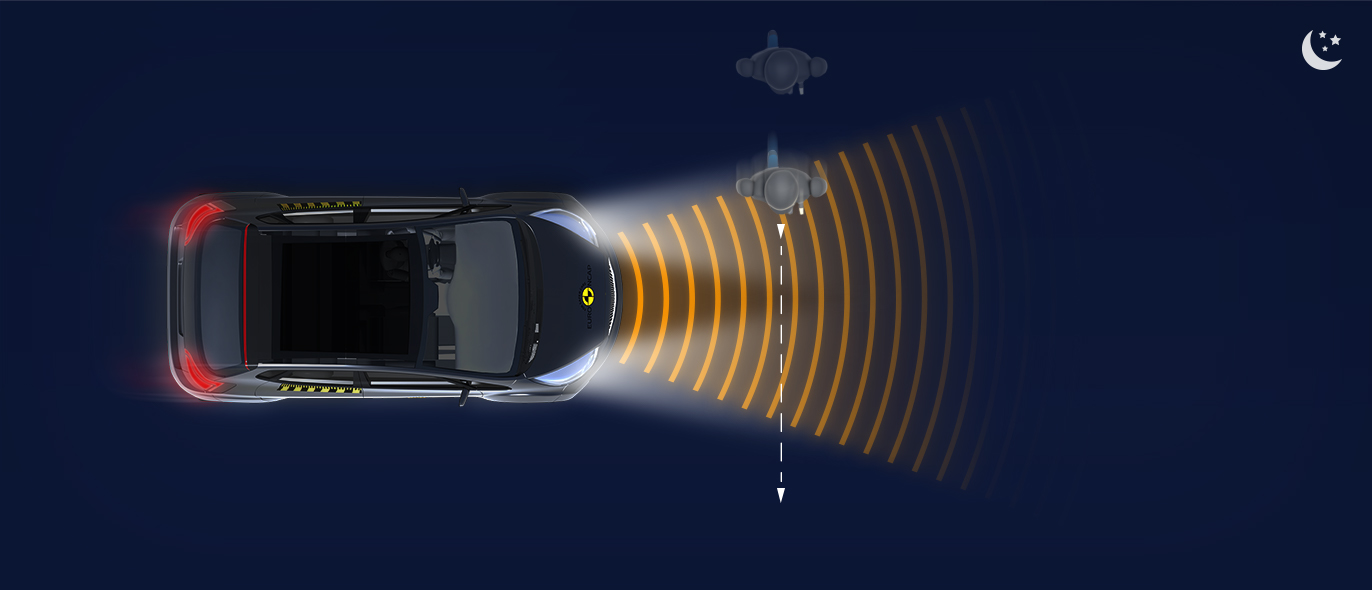

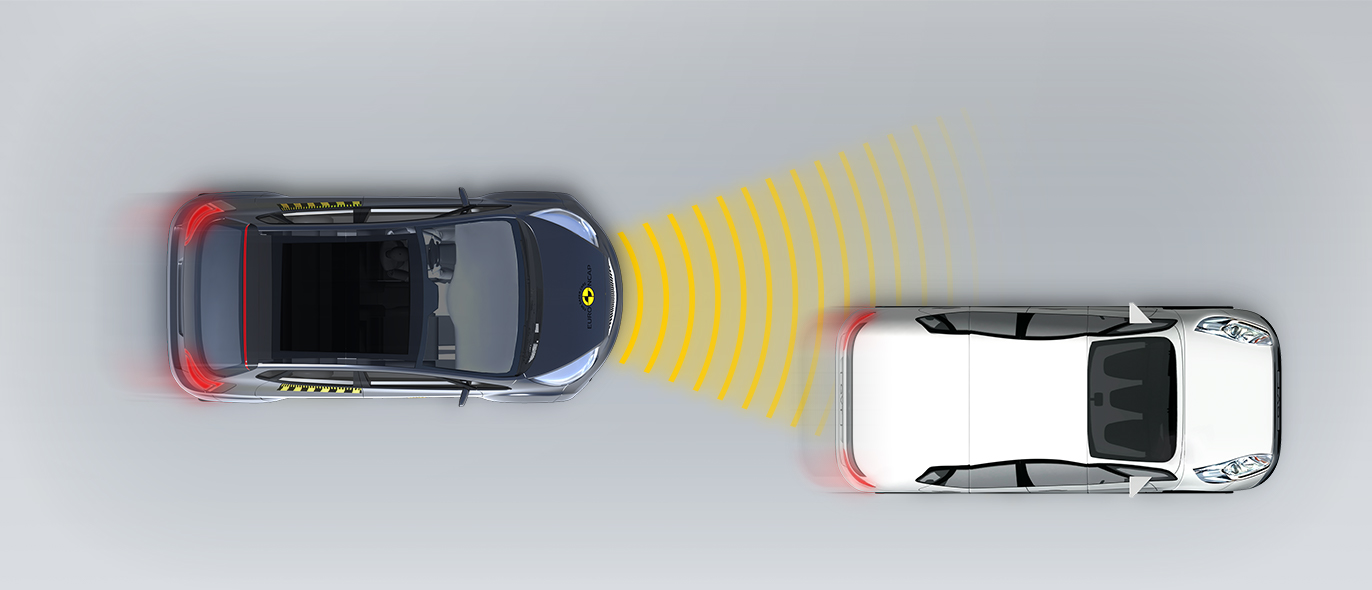

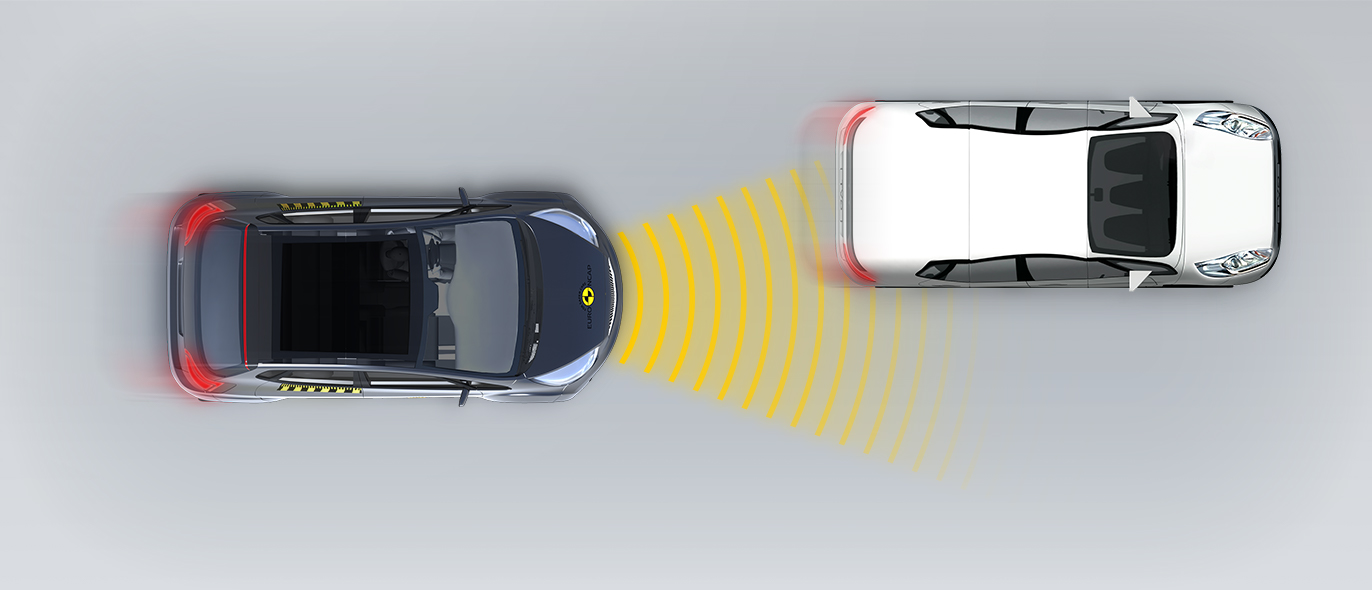








The passenger compartment of the LEAF remained stable in the frontal offset test. Protection of the front passenger dummy was good for all critical body areas. Dummy readings indicated that the dummy head had made contact with part of the vehicle interior, suggesting that there was insufficient pressure in the airbag. Protection of the knees and femurs was good for both front dummies. Nissan showed that a similar level of protection would be provided to occupants of different sizes and to those sitting in different positions. In the full-width rigid-barrier test, protection of the driver dummy was good but readings indicated that the force in the lap section of the seatbelt had dropped during the impact. Readings from the chest of the rear passenger dummy indicated marginal protection. In both the side barrier test and the more severe side pole impact, protection of all critical body regions was good and the LEAF scored maximum points in these tests. Tests on the front seats and head restraints demonstrated good protection against whiplash injury in the event of a rear-end collision. A geometric assessment of the rear seats indicated marginal whiplash protection. The autonomous emergency braking system performed well in tests at the low speeds, typical of city driving, at which many whiplash injuries are caused.